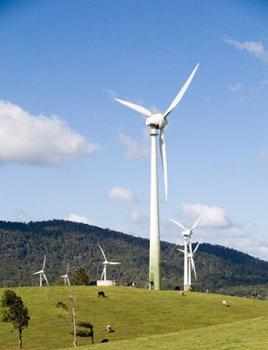Description
In this course, you will learn:
- This course reviews the physical, chemical, ecological, and economic principles that are utilized to study human-natural environment interactions. Ecology, chemical kinetics, hydrology, and transportation all use mass balance concepts; building design, ecology, and climate change all use energy balance concepts; and resource appraisal and engineering design both use economic and life cycle principles.
- Numerical models are used to integrate concepts and evaluate the environmental impact of human activities. Problem sets include the creation of MATLAB® models for specific technical applications. Some expertise in computer programming is beneficial, but not necessary.
Syllabus:
1. Mass balance
- Introduction, basic concepts
- Modeling: Everglades
- Mass conservation
- Modeling: Everglades
- Chemical kinetics
- Modeling: dechlorination
- Population modeling
- Modeling: pesticide impact
- Closed cycles
- Modeling: nutrient enrichment
- Networks
- Modeling: traffic
- Networks
- Modeling: vehicle emissions
2. Energy balance
- Basic thermodynamic concepts
- Modeling: building energy
- First law, heat capacity, conduction and convection
- Modeling: building energy
- Radiative energy transfer
- Modeling: building energy
- Open system thermodynamics
- Modeling: heat discharge to a stream
3. Mass and energy transport
- Mass transport: advection, diffusion
- Modeling: air quality
- Mass transport: spatial moments
- Modeling: air quality
- Mass transport: concentrations
- Modeling: air quality
4. Resource economics and life cycle analysis
- Present value, discounting
- Modeling: building energy revisited
- Optimization problems, resource allocation
- Modeling: crop irrigation
- Derived demand
- Modeling: crop irrigation
- 18MATLAB optimization tutorial19
- Derived supply, equilibrium analysis
- Modeling: groundwater supply
- Multiple objectives, Pareto optimality
- Modeling: revenue vs. environmental quality
- Life cycle analysis
- Modeling: life cycle example
- Life cycle analysis (cont.)
- Modeling: life cycle example
- Student presentations24Student presentations (cont.)









